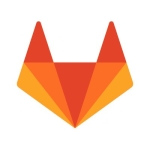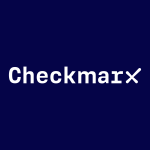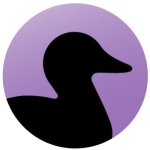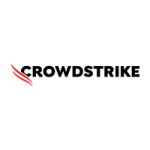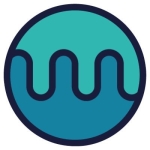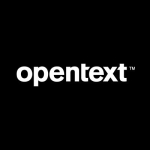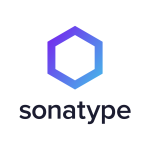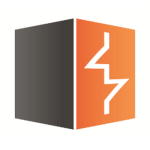We wanted a coding standard. We used to get coverage using SonarQube, so once the coding coverage was more than 80%, it was only then we could get Jenkins to start the build. Otherwise, Jenkins would fail from the build process. SonarQube is the point at which we confirm the DI. It is in the JUnit test cases where the coverage of the source code was more than 80%.
The SonarQube dashboard looks great.
Currently, we are doing SonarQube's validations for external configuration via XML. It would be better if SonarQube provided a good UI for external configuration.
I've used SonarQube for three and a half years since I started using the product in 2020.
I have not faced any issues with stability so far.
If you know how to work with the solution, it is scalable. There should be some methodologies other than JUnit test cases. There should be some other area involving the code. Four or five developers are using SonarQube with JUnit test cases. They used to build in Jenkins because once Jenkins is built and SonarQube's code coverage is more than 80%, the build happens successfully. Otherwise, the build fails.
SonarQube's technical support is good.
Since I know how to install SonarQube, I had no issues. I don't think the installation is a big challenge because it's a one-time installation process. You wouldn't have to repeatedly install the solution.
The time taken to deploy the solution comes down to microservices.
In the configuration you maintain for the external file used to evaluate the point, the lines should be less than 80 characters long, and the page should have less than 900 lines. The function size should also be split such that the maximum length of one should be less than 30. That's the configuration we are doing with SonarQube. Also, the number of clients we wrote should be covered within the JUnit test cases. When using Mockito for some of the database functionalities like login and authentication, SonarQube will evaluate the test cases passing through it, even when considering Mockito as the data provider for those test cases. And SonarQube covers those test cases.
When it comes to external configuration, even if we're changing the format of one field, that should be accommodated everywhere in the file. Discrepancies there could make it take some time to install the solution. If they had a UI for the setup, that would be good. Though the XML configuration can be tough, it could be automated.
In the Trivandrum team, we do around one to three microservices, like authentication and inventory. Those are two of the main microservices that I handle. The remaining are handled by some other team from Chennai or somewhere. For us, the coverage with microservices is more than 80%. The authentication service and the inventory services have good coverage.
If somebody is looking for good coverage and a good standard code, they should start using SonarQube. When writing the code, they can ensure it is written properly and not missing any code. If there are many lines we are missing or ignoring from the code, there could be cases where vulnerability can happen from those lines. Before you submit any code to any client, you should ensure the code coverage is more than 80% of the application. I rate SonarQube a nine out of ten.








